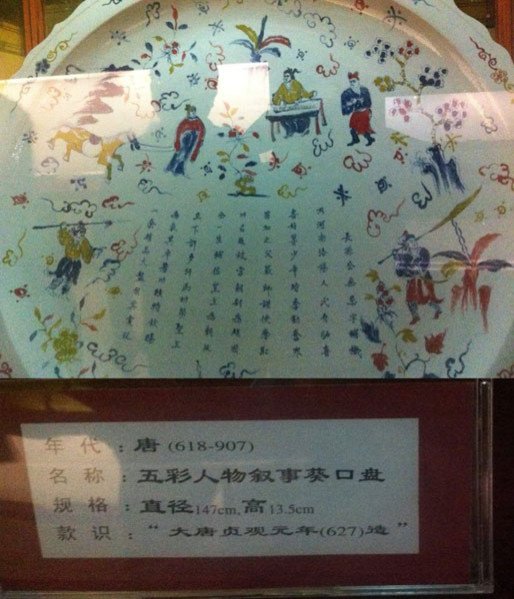Fake Museum In China Shut Down, Suspected To Be A Money-Laundering Front
Those familiar with China are often aware of the country’s “shanzhai,” or fake, culture. From bootleg DVDs to copycat designer duds, counterfeit goods, designs and ideas are just part of the culture. Still, many were surprised when a museum in northern China’s Hebei province was shut down for featuring several fake exhibits and collections.
According to a report by China Radio International, the Jibaozhai museum in the city of Jizhou is being investigated for displaying fake cultural relics. The fraudulent displays were discovered when Ma Boyong, a famous Beijing-based writer, visited the museum recently, and later revealed on his Weibo microblog profile that many of the artifacts were fooling tourists. On July 6, Ma posted about how many of the artifact descriptions did not match what was on display.

According to state-run newspaper Global Times, the establishment is not authorized by the government to qualify as a museum, which made it all the more shocking that it cost 540 million yuan, roughly $88 million, to build. Local authorities have closed the museum and are launching a full investigation. But local residents were not satisfied with just the closure, calling for the museum’s curator and the village’s Communist Party chief, Wang Zongquan, to be punished as well for misappropriating state funds after selling the land, and for replacing real relics with fake ones.

“Most of the historical relics are fake, but the real ones are in Wang’s home,” Liu Xinlian, a resident of nearby Erpu, told the Global Times. He also suggested that Wan never submitted proper invoices for his purchases, allowing the shady finances of the museum to go unnoticed since its opening in 2010.
Liu also said villagers have long been opposed to the museum, with reportedly all 1,500 residents signing a petition protesting the construction, adding that “this still didn’t prevent Wang from buying relics and building Jibaozhai.” While it’s unclear why Wang initially opened the museum, which according to its general consultant Wei Yingjun has been reporting losses, many of the details do not match up.
The village’s former accountant, Yang Baoqian, told Beijing News that most of the pieces cost anywhere from 100 to 2,000 yuan, estimating the total value of the museum’s collection at 30 million yuan. Wang, on the other hand, told the newspaper that the museum’s 40,000-piece collection was worth only 20 million. This, the report says, made many villagers suspicious that the museum was just a front for money laundering. Ma Weidu, an antique collector and curator at Guanfu Museum, says this is a common ruse used all over the country.
© Copyright IBTimes 2024. All rights reserved.





















